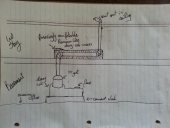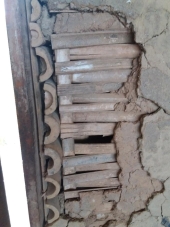
 1
1




 1
1




"You must be the change you want to see in the world." "First they ignore you, then they laugh at you, then they fight you, then you win." --Mahatma Gandhi
"Preach the Gospel always, and if necessary, use words." --Francis of Assisi.
"Family farms work when the whole family works the farm." -- Adam Klaus










"You must be the change you want to see in the world." "First they ignore you, then they laugh at you, then they fight you, then you win." --Mahatma Gandhi
"Preach the Gospel always, and if necessary, use words." --Francis of Assisi.
"Family farms work when the whole family works the farm." -- Adam Klaus
















Jonathan Frame wrote:I wonder how horse manure differs from cow, is it more adhesive and binds with sand and clay better?
"You must be the change you want to see in the world." "First they ignore you, then they laugh at you, then they fight you, then you win." --Mahatma Gandhi
"Preach the Gospel always, and if necessary, use words." --Francis of Assisi.
"Family farms work when the whole family works the farm." -- Adam Klaus




Dan Chiras wrote:Cow dung can be added to earthen plaster, but horse manure is generally better. That said, I don't think manure is going to make the plaster any more resistant to rain, especially driving rains. I see from the photos that there is considerable erosion of the earthen plaster. I would recommend a finish coat of lime-sand plaster. We describe this technique in our book, The Natural Plaster Book. Lime-sand plaster turns to limestone over time and makes a really weather proof exterior plaster.












Jay C. White Cloud wrote: The "pectin" active ingredient in cactus juice) can also enhance lime finishes as well.
Whey is common additive, yet I am not fond of it as the proteins in it can contribute to mold. Casein however is a primary ingredient in many traditional finishes that are often augmented with lime (think "milk paint".)
Regards,
j





|
We find this kind of rampant individuality very disturbing. But not this tiny ad:
Learn Permaculture through a little hard work
https://wheaton-labs.com/bootcamp
|




